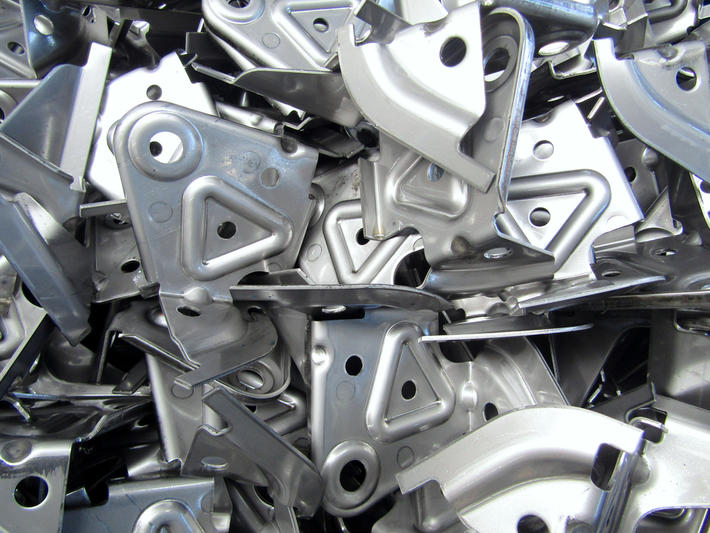
European need for primary aluminum: drops to 16%
Still not very comforting news for the production of primary aluminum in the European Union: the choices made for decades in the shadow of lobbies interested in the financial statements of multinationals and not in the needs of the downstream market and end users, have once again hit the mark, and so at the end of 2022 the dependence of the countries of the Union on foreign imports of electrolytic metal reaches an all-time high of 79%, with estimates of further growth up to 84% in 2023.
The European aluminum industry
The overall picture starting from the year 2000 is very clear and does not need many comments: the rapidity of the decline, just 22 years ago, when we began to draw the decision-makers' attention to a situation that appeared to be at risk, should make us reflect. Primary aluminum dependence in the EU was “only” at 47%.
The thing that seems serious to us is the absence of a strategy. The EU must assume a leading role to protect the competitiveness of our industries, to define a clear line of industrial policy for raw materials of priority importance such as aluminium, to commit oneself with determination and without conditioning to ensure reliable, lasting and convenient sources of supply; looking at the real and declared institutional objective which is to guarantee the solidity of a supply chain rich in over one hundred years of previous experience, especially in the thousands of small and medium-sized companies downstream.
A heritage that is based on the presence in the territories, which is the real economic and social value to be safeguarded, which is worth over 75% of the turnover and over 90% of the workforce of the entire industrial segment of the light metal and the European aluminum industry , which does not relocate.
To date, there has not been a clear vision, nor a careful evaluation of the mechanisms for accessing the raw material, which are still polluted by a senseless import duty on primary aluminum (which we lack and must import), which introduces harsh conditions for users. Instead, there is a timid and scarce attention to promptly putting in place protective measures against dumping practices or anti-competitive distortions implemented against our system, due for example to overcapacities subsidized by exporting countries.
If this is not done decisively, it will be difficult for things to improve. However, we continue with the usual confidence in hoping that things will change before the human and technical heritage of our European aluminum industry, and in particular of downstream operators and users, can suffer irreversible damage.
Source: A&L Aluminum Alloys Pressure Diecasting Foundry Tecniques


